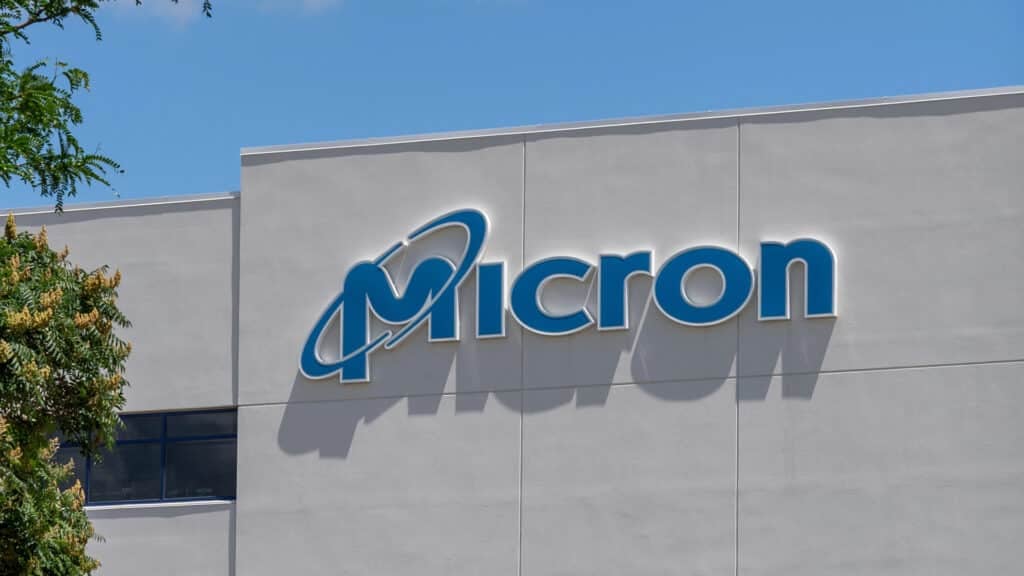The News: Amazon Web Services (AWS) has launched a new Amazon Aurora configuration called Amazon Aurora I/O-Optimized. The new configuration can help reduce costs by up to 40% and improve performance for I/O-intensive applications, such as data analytics and machine learning. Read the full announcement from Amazon.
AWS’s Amazon Aurora I/O-Optimized Cluster Configuration Goes GA, Focused on Delivering on Cost Savings
Analyst Take: News of the general availability of AWS’s Amazon Aurora I/O-Optimized is good news for customers, promising improved performance and pricing for their I/O-intensive workloads. Databases and other I/O intensive workloads are the hardest workloads to move to the public cloud, as they are oftentimes the most demanding when it comes to performance and SLAs. Oracle has long been the leader in this space, and we are seeing Oracle Cloud Infrastructure flourish as enterprises look to migrate Oracle database workloads to the public cloud. However, many organizations are looking at open source database options such as PostgreSQL and MySQL as the basis for their cloud native application deployments.
AWS’s Amazon Aurora is a fully managed relational database service that supports MySQL and PostgreSQL workloads. It is popular for I/O-intensive workloads such as data analytics, machine learning, and high-traffic e-commerce websites. According to AWS marketing collateral, Aurora offers five times the performance of standard MySQL, three times the performance of standard PostgreSQL, and comes with built-in backup functionality.
The Aurora service offers automatic scaling, automatic failover, backup and restore capabilities, and multi-region replication for disaster recovery and low-latency access. In addition, Aurora is fault-tolerant with a minimum of two replicas for each database cluster. As with most AWS offerings, Amazon Aurora is easy to use, with a simple and intuitive management console that enables users to create and manage database instances, set up backups and recovery, and monitor performance. With built-in integrations for Amazon S3, Amazon CloudWatch, and AWS Identity and Access Management (IAM), it’s clear that Amazon’s goal is to make it easy for users to manage their entire stack on AWS.
AWS Amazon Aurora’s New I/O-Optimized Cluster Configuration is All About Performance and Cost
AWS’s Amazon Aurora’s new I/O-optimized cluster configuration is a MySQL and PostgreSQL-compatible relational database. The new configuration is designed to improve performance and reduce costs for I/O-intensive applications such as data analytics, machine learning, and high-traffic e-commerce websites.
Amazon Aurora’s I/O-optimized cluster configuration is designed to improve storage performance and reduce costs by up to 40%. The configuration includes a new instance type, called the R5b, which features high-speed NVMe-based SSD storage, and the use of Elastic Block Store (EBS) volumes to offload I/O operations from the database instance.
Amazon Aurora I/O-Optimized configuration is available in the latest version of Aurora MySQL version 3.03.1 and higher, Aurora PostgreSQL v15.2 and higher, v14.7 and higher, and v13.10 and higher. This configuration supports Intel-based Aurora database instance types such as t3, r5, and r6i, Graviton-based database instance types such as t4g, r6g, r7g and x2g, Aurora Serverless v2, Amazon Aurora Global Database Reserved Instances (RI), on-demand instances or standard RI for Amazon Aurora R6 or R7 instances.
Amazon Aurora I/O-Optimized configuration is now generally available in most AWS Regions where Amazon Aurora MySQL-Compatible Edition and Amazon Aurora PostgreSQL-Compatible Edition are available, with China (Beijing), China (Ningxia), AWS GovCloud (US-East), and AWS GovCloud (US-West) regions purported to be coming soon.
This announcement is part of AWS’s ongoing efforts to reduce the cost of running databases in the cloud and is a direct response to the rise of FinOps and cloud optimization, which is a key trend in 2023.
Looking Ahead for Amazon Aurora and Customers Using I/O-Intensive Workloads
Overall, the new I/O-optimized cluster configuration for Amazon Aurora is a welcome addition for users with I/O-intensive workloads, especially those looking to deploy MySQL and PostgreSQL instances. By using these I/O-focused instances, particularly in a reserved instance deployment model, users can improve database performance and reduce costs at the same time. These announcements are particularly useful for users who need to process large amounts of data quickly and efficiently, such as data analysts and machine learning engineers.
As the amount of data generated by applications continues to grow, the need for high-performance storage solutions will only increase. AWS’s Amazon Aurora I/O-optimized cluster configuration is a step in the right direction for meeting this demand, and we can expect to see similar innovations from other cloud providers in the near future.
Disclosure: The Futurum Group is a research and advisory firm that engages or has engaged in research, analysis, and advisory services with many technology companies, including those mentioned in this article. The author does not hold any equity positions with any company mentioned in this article.
Analysis and opinions expressed herein are specific to the analyst individually and data and other information that might have been provided for validation, not those of The Futurum Group as a whole.
Other insights from The Futurum Group:
AWS Launches Inf2 Instances for High-Performance Generative AI
Southwest Airlines Adopts AWS Cloud to Enhance IT Operations
Author Information
Steven engages with the world’s largest technology brands to explore new operating models and how they drive innovation and competitive edge.





